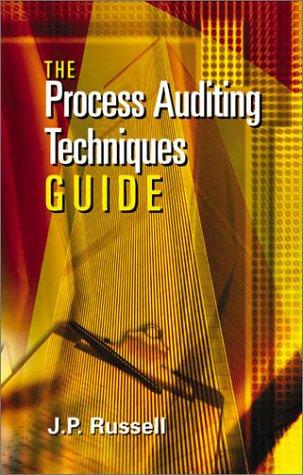Answered step by step
Verified Expert Solution
Question
1 Approved Answer
Can you please provide formulas for the following. Vaughan Company had a dismal 3 rd Quarter! Management had wanted to wait until quarter end to
Can you please provide formulas for the following. Vaughan Company had a dismal rd Quarter! Management had wanted to wait until quarter end to do a
post mortem of the annual results and do some investigations if necessary. Here is what actually happened:
Total sales were $ for units. Management failed to be able to buy enough
direct materials to produce the required units for ending inventory nor to keep the required
direct materials on hand for ending inventory requirements due to a shortage of WHAM during
the quarter.
Total Production for rd quarter was units. Vaughan uses LIFO inventory method. Regarding
WHAM, Vaughan purchased and used pounds at a total cost of $ Vaughan used
DLH direct labor hours to make the units at a total labor cost of $ Actual Variable FOH
was $ and actual Fixed FOH was $
Even though Production ended up being units, the cash borrowings indicated by the
static budget dictated that Vaughan borrow money $ on the last day of July and they did so
They also paid it back at the end of the August as budgeted.
Selling and Administrative expenses totaled $ $ was variable and the rest was
fixed. We have not covered S&A variances, but never the less, the difference between what
actually occurred and what should have happened the flexible budget can still be illuminating.
In this Google Sheet:
a Prepare a standard cost card for a widget.
b Prepare an flexible budget performance report comparing actual productionsales to a flexible
budget of such salescosts
c Prepare the direct material variances price and efficiencyquantity for each material
d Prepare the direct labor variances pricerate and efficiency
e Prepare the Variable spending & efficiency and Fixed FOH budgetspending & volume
variances. refer to the appendix for the factory overhead variances
f What should management be looking into for further investigation?
g Do you think they should have waited until the end of the quarter to analyze the differences
between actual results and planned results? Why or why not?
h Is FOH over or underapplied? And by how much? Draw a Taccount and show FOH.
Does your answer match with the answers you calculated for Variable and Fixed FOH variances?

Step by Step Solution
There are 3 Steps involved in it
Step: 1

Get Instant Access to Expert-Tailored Solutions
See step-by-step solutions with expert insights and AI powered tools for academic success
Step: 2

Step: 3

Ace Your Homework with AI
Get the answers you need in no time with our AI-driven, step-by-step assistance
Get Started


